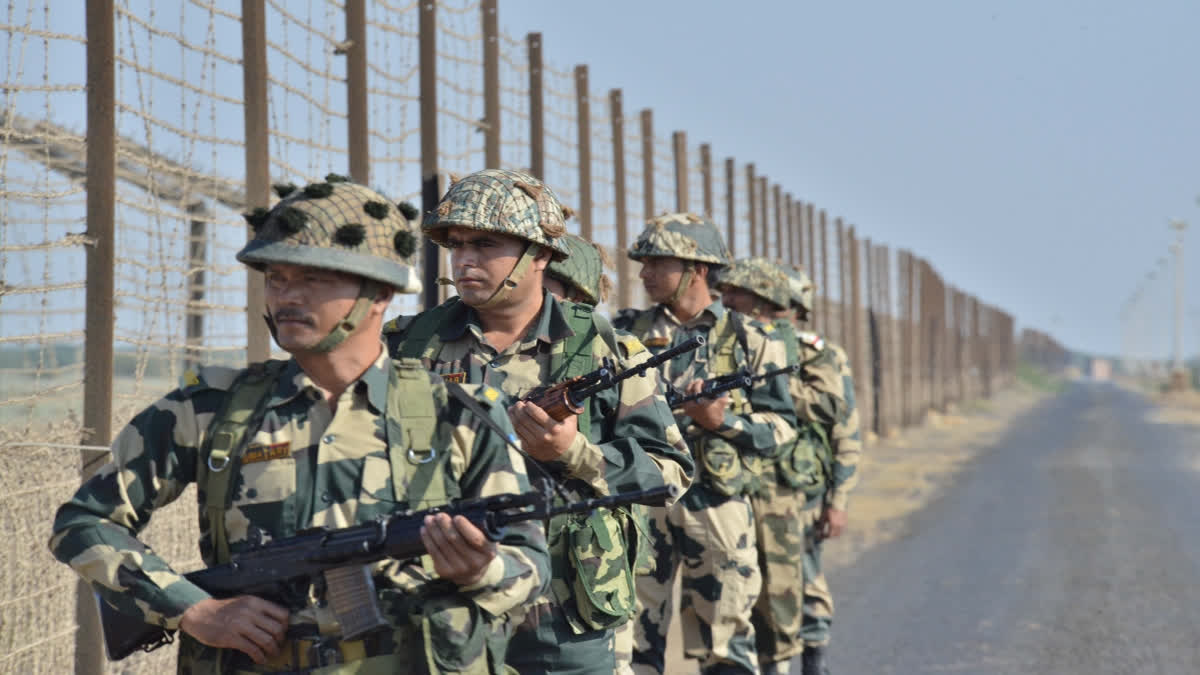Global defence spending increased by 9 per cent to a record $2.2 trillion in 2023 motivated by geopolitical tensions caused by Russia’s invasion of Ukraine and the serious rise of military costs seems likely to continue in 2024. Regardless of world defence spending reaching a record $2.2 trillion, United States (US) and European Union (EU) countries have expected to rearm themselvesamid growing tensions with Russia, efforts to slow down China's technological rise,President Xi Jinping's target to bring Taiwan under Beijing’s control and its proclaimed maritime claims in the South China Sea.
Moreover, the Israel-Hamas conflict, the Red Sea crisis and very recent Iran’s drone and missile attack on Israel are also adding to the volatile environment of the world. A report from the International Institute for Strategic Studies (IISS) also mentioned growing disturbances in the Arctic, North Korea's pursuit of nuclear weapons, Tehran's growing influence in conflict zones and the rise of military regimes in the Sahel region of Africa.
Lessons learned from the war in Ukraine influenced many countries to amplify the production of military hardware and to build up stocks in case they are enforced to fight a long-drawn-out war. Consequently, to maintain an advantage over adversaries more military spending is required to stock up weapons and ammunitions and also to tackle challenges like cyber warfare, and terrorism, and to keep investing in new technologies to combat new threats posed by unmanned aerial vehicles (UAV) and hybrid warfare modus operandi.
According to IISS report, all non-US NATO members in Europe have spent 32 per cent more on defence since Russia invaded Ukraine's Crimean Peninsula in 2014. The Vilnius summit of NATO held in July 2023 set a target for member countries to commit to spending at least 2 per cent of their gross domestic product (GDP) on defence yearly.
19 members of them spend more than 2 per cent of GDP in 2023. Norway the NATO member country recently announced plans to ramp up defence spending in 2024 to 2 per cent of its GDP and Estonia, a former Soviet republic, has increased its defence budget to around 3 per cent of GDP.
While NATO members have been boosting their defence spending to get closer to the target of 2 per cent of GDP, some military experts think that expenditures will need to go up to a level of 4 per cent of GDP to deal with deteriorating situations in future. If it were to happen, according to Bloomberg Economics, it would demand an additional $10 trillion in military spending over the next 10 years among the US and its allies.
Yet coping with NATO’s 2 per cent of annual GDP minimum for defence spending has already led to harsh deliberations in Europe. NATO members are unlikely to agree to a firm commitment to spend as much as 4 per cent of GDP on defence because of severe cuts in other parts of their budgets. Bloomberg claims that countries like the US, France, Italy and Spain would be getting to 4 per cent would push them to make painful choices between deeper levels of borrowing or augment in taxes.
The unending Russia-Ukraine war has placed significant financial pressure on NATO member countries. The US largest contributor of NATO is accounting for over 65 per cent of the organisation’s total spending in 2023 and granted over $75 billion to Ukraine since the war began. Preparing for future security challenges with a 4% of GDP will connote considerable costs and some hard and strong decisions for EU countries and the US which are already struggling with unsteady public finances.
